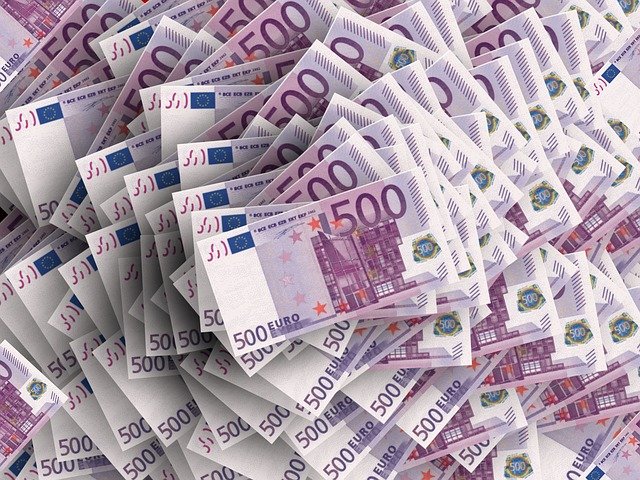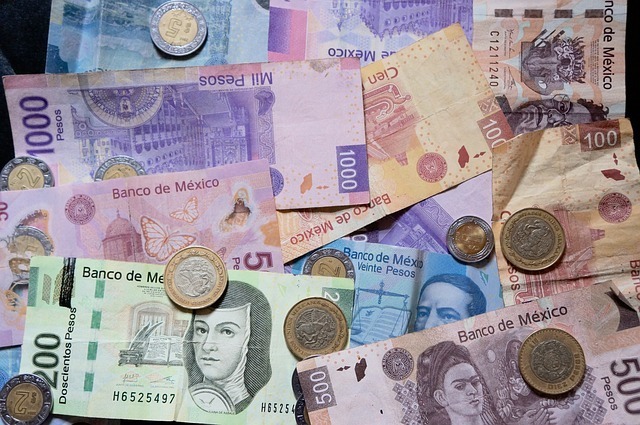4 Global Market Updates- 10 February, 2023
In this article, we have covered the highlights of global market news about the AUD/USD, EUR/USD, USD/CAD and USD/MXN. AUD/USD recovers intraday losses at 0.6930 as traders await US inflation antecedents. Around 0.6930, AUD/USD stabilizes daily losses after recovering from the intraday low during early Friday morning in Europe. As a result, the quotation traders lick their wounds in … 4 Global Market Updates- 10 February, 2023 Read More »

In this article, we have covered the highlights of global market news about the AUD/USD, EUR/USD, USD/CAD and USD/MXN.
AUD/USD recovers intraday losses at 0.6930 as traders await US inflation antecedents.
Around 0.6930, AUD/USD stabilizes daily losses after recovering from the intraday low during early Friday morning in Europe. As a result, the quotation traders lick their wounds in an environment of caution ahead of important US data and uncertainty brought on by various factors.
Despite the Reserve Bank of Australia’s (RBA) aggressive economic projections and preparedness for more interest rate hikes, the quarterly prints of the SoMP did not astonish the AUD/USD purchasers. The comment, “The board is cognizant of the hike in interest rates previously made and that the policy works with a lag”, may be related to the issue.
The Producer Price Index (PPI) then sharply declined to -0.8% YoY from -0.7% previous readings and -0.5% consensus, while China’s Consumer Price Index (CPI) slipped to 2.1% YoY from 2.2% market predictions, compared to 1.8% previously.
EUR/USD is staring at 1.0700 as Fed rate hike concerns increase and German inflation eases.
Early in the European day, the EUR/USD pair sharply fell to 1.0720. Due to unexpectedly lowering energy costs and growing concerns about the Federal Reserve’s ‘higher and longer’ interest rates, Germany’s Harmonized Index of Consumer Prices (HICP) is projected to show more downside to close to the round-level support of 1.0700 in the main currency pair (Fed).

The risk-off mindset has reduced the attraction for risk-perceived assets, placing tremendous pressure on the euro. The risk-aversion theme supports the US Dollar Index (DXY), pushing it over the 103.00 barriers. The USD Index wants to increase trading to over 103.000. The 10-year US Treasury rates’ alpha is presently staying above 3.66%.
The S&P 500 futures are now under a lot of pressure as the market anticipates an impending recession in the United States due to increasing interest rates.
USD/CAD Price Analysis: Bulls prepare themselves for a rocky ride to the north as US/Canada data looms
After a two-day rally, USD/CAD teases buyers around 1.3465–70 going into Friday’s European session as the Loonie pair traders await critical data from Canada and the US. Despite publishing modest advances at press time, the quote, therefore, remains unresolved.
Even so, the pair’s successful trading above the weekly support line, which is now at 1.3390 as of press time, together with the positive MACD signals, helps to maintain the buyers’ optimism.
However, the USD/CAD pair’s rapid upward movement is restrained by the 50-DMA level at 1.3500 until the confluence of the 100-DMA and the declining resistance line from early October, at the latest near 1.3540.
The previous monthly high of 1.3685 and the top around 1.3705 in December 2022 will serve as the final line of defense for the USD/CAD bears if the Loonie pair manages to hold above 1.3540.
On the other hand, a clear breach of the weekly resistance line, at 1.3390, will aim for the weekly low of 1.3360 before emphasizing the monthly bottom near 1.3260.
USD/MXN licks Mexico-inflicted wounds at 18.80, with an eye on US data.
As we go into Friday’s European session, USD/MXN oscillates at 18.80 as it consolidates the weekly and daily losses. In doing so, the Mexican Peso (MXN) pair weakens the movements led by Mexico, while the US dollar gains demand in a cautious market atmosphere.

Banxico, Mexico’s central bank, shocked the markets on Thursday by announcing a rate increase of 50 basis points (bps). With the benchmark rate hike to 11.0%, Banxico outperformed market expectations of a rate increase of 0.25 percent while indicating an attempt to allay inflationary concerns.
However, the rise in initial weekly applications for unemployment benefits and Thomas Barkin’s pessimistic remarks from the Richmond Federal Reserve (Fed) hurt the US dollar. Despite this, US Weekly Initial Jobless Claims increased to 196K from 183K the week before, and 190K predicted. On Thursday, the US Department of Labor (DOL) said that “the advance figure for seasonally adjusted insured unemployment for the week ending January 28 was 1,688,000, an increase of 38,000 over the previous week’s revised level.”
In other places, Fed’s Barkin came out as too dovish despite advocating rate decreases and stating that the Fed should steer “more thoughtfully” from here on out owing to delayed effects of policy. Previously, Fed Chair Jerome Powell was reluctant to applaud the positive US employment data, which caused concerns that the US central bank might stop making aggressive actions.
Please click here for the Market News Updates from 9 February, 2023.







